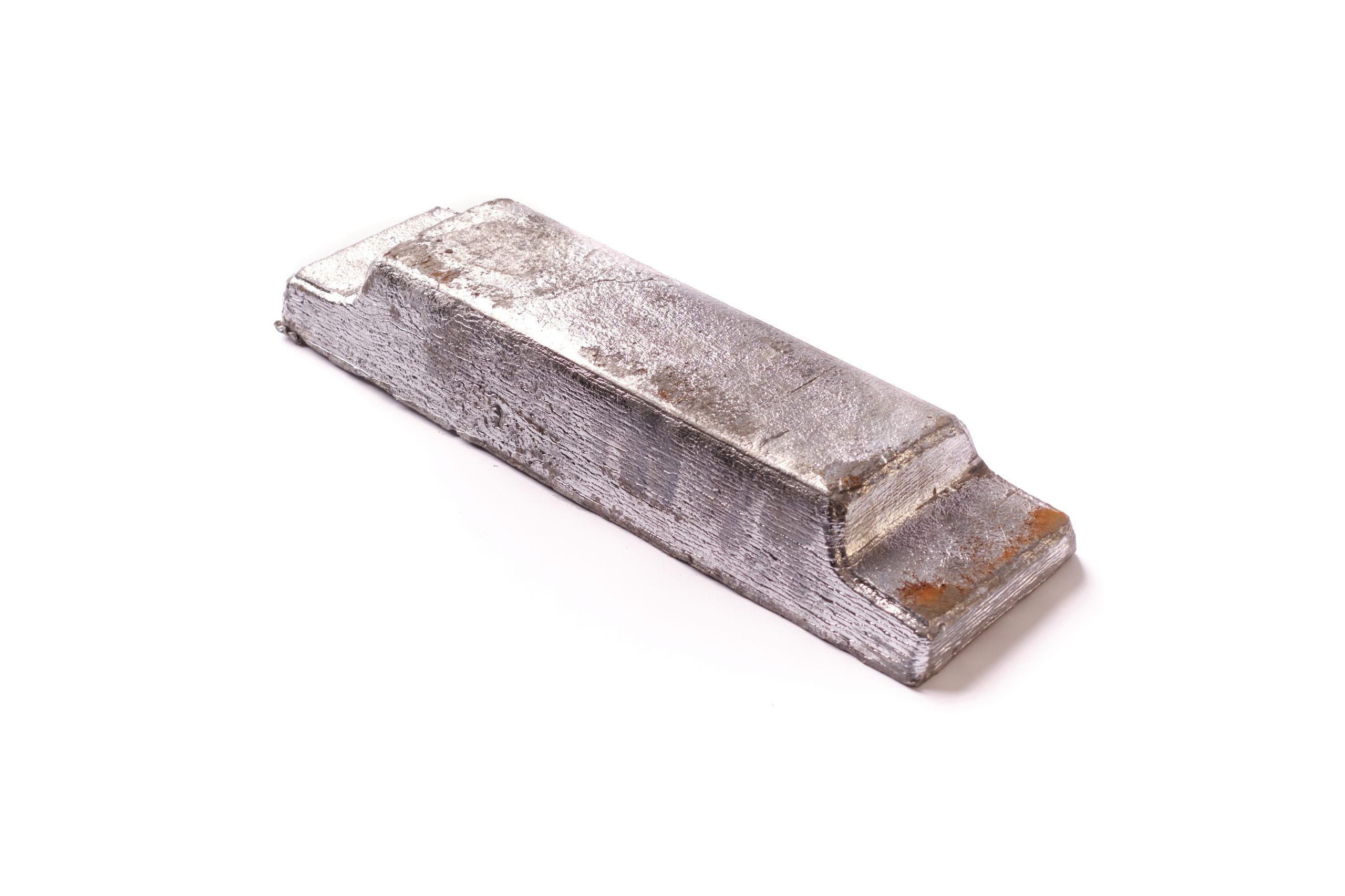The use of ballast products and ballast lead has been around for centuries. These two components are essential in providing stability to a variety of structures and systems, making them one of the most important aspects of any construction project. In this article, we will explore the history of ballast products and how they are used today to provide stability for buildings and other structures.
A Brief History of Ballast Products
Ballast products have been used since ancient times as a means of providing stability to ships and other vessels. As early as the 4th century BC, Greeks and Romans used large stones as ballast to keep their ships afloat. In the 15th century, ships began to use crushed stone, sand, and gravel as ballast to add weight and stability to their vessels.
Today, ballast products are used in a variety of ways. Ballast products are used to stabilize the foundation of buildings, bridges, and other structures. They are also used in the construction of roads and highways to help provide a stable surface for vehicles to travel on.
The Advantages of Ballast Lead
In addition to the traditional ballast products, ballast lead is also used to provide stability. Ballast lead is a special type of material that is made up of lead and other metals that are combined together. The lead provides weight to the mixture, which gives it the stability needed for the structure.
The advantages of using ballast lead are numerous. The lead adds weight to the structure, which helps reduce the amount of vibration and noise that can be created by the structure. Additionally, the lead is resistant to corrosion, which makes it ideal for use in areas that may be exposed to the elements.
The Disadvantages of Ballast Lead
As with any material, ballast lead does have some disadvantages. The lead is a heavy metal and can be difficult to handle, making it difficult to install and remove. Additionally, the lead can create hazardous dust if it is not handled properly.
Conclusion
Ballast products and ballast lead are essential components in providing stability to a variety of structures and systems. The history of ballast products dates back to ancient times, and they are still used today in a variety of ways. Ballast lead provides additional weight and stability, and is resistant to corrosion. However, it can be difficult to handle and can create hazardous dust if not handled properly. With the use of ballast products and ballast lead, stability can be achieved in a variety of applications, making them a match made for stability.
